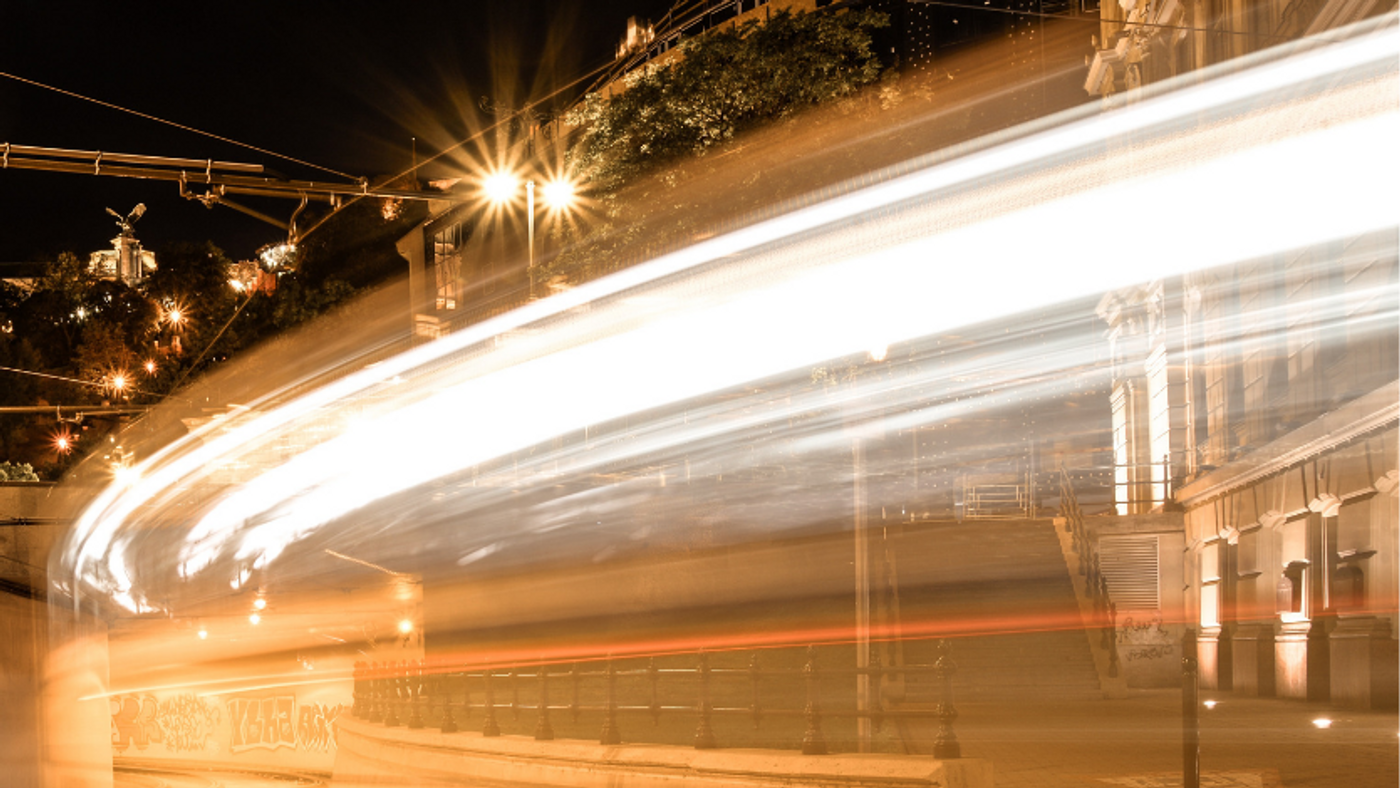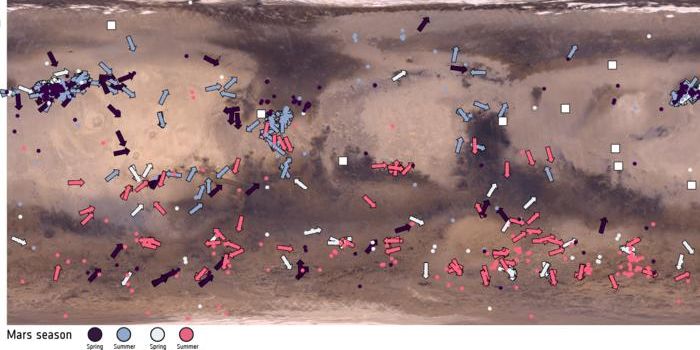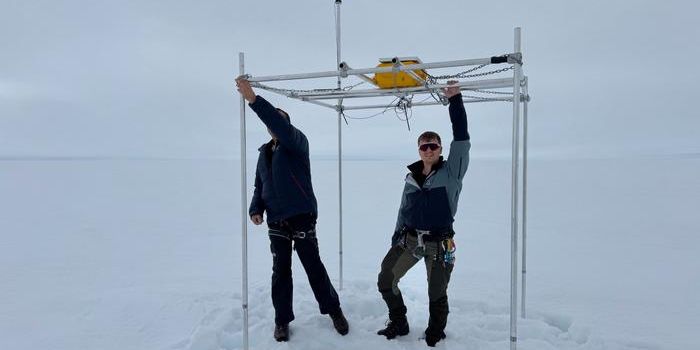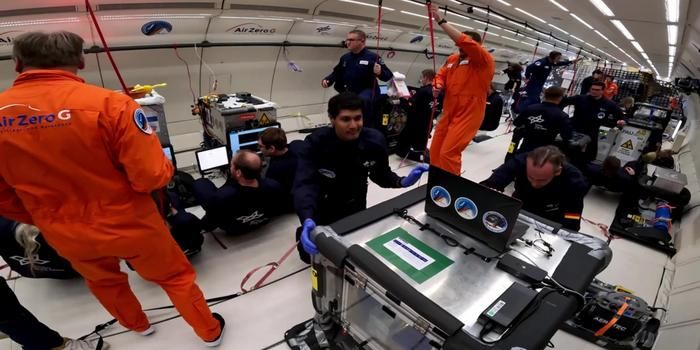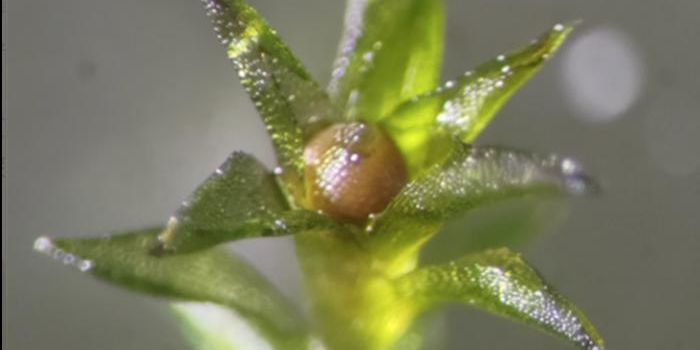Autonomous Vehicle Tech Part I: See Around Corners
The development of autonomous vehicles has picked up tremendous momentum in the recent decade. Armed with technologies such LIDARs (also known as 3D laser scanning system), real-time image processing computers and time-of-flight cameras, some of which are already available in some current vehicles, industrial and university researchers are creating vehicles that can "see" and identify hazards on the road.
A team of electric engineers at Boston University (BU) has come up with a new method to allow one, be that a human driver or AI in autonomous vehicles, to see around corners. Similar feat has been achieved before by others, but it usually requires scanning lasers and highly sensitive cameras. What's intriguing about the BU's approach is that they do not require any fancy optical instruments, but just a regular digital camera and an algorithm they wrote, which they refer to as the "computational periscope".
Periscopes, often composed of twin mirrors or prisms, allow people to see objects that are blocked by obstacles or outside of direct line-of-sight. With no mirrors around the corners in the real world, the BU team's algorithm relies on the lights that are bounced off wall-like structures.
Mirrors have a smooth, flat surface that is capable of specular reflection, meaning almost of light rays are perfectly reflected in a single angle. But the walls aren't smooth. When parallel light rays bounce off a wall, they become a disordered mix of light.
The algorithm developed by electrical engineer Vivek Goyal and colleagues at BU is able to "unscramble" the scattered reflections, which are captured by the camera. They placed a flat opaque screen, acting like an “occluder”, between the hidden object and the wall. Even though the screen casts a shadow on the wall, it actually gives the computation periscope an advantage by restricting the amount of light that end up on the wall. The algorithm worked backward from images on the wall, which were more like a bunch of scrambled, deemed light rays, to re-create patterns that match the hidden objects.
The researchers hope that the algorithm could be used to monitor hazardous environments and navigation. One can expect that some day in the future autonomous vehicles equipped with see-around-corners technology like this can improve road safety for drivers, passengers, and pedestrians.
Their work was published in the journal Nature.
Computational Periscopy with an Ordinary Digital Camera (Computational Periscopy)
Source: Nature
